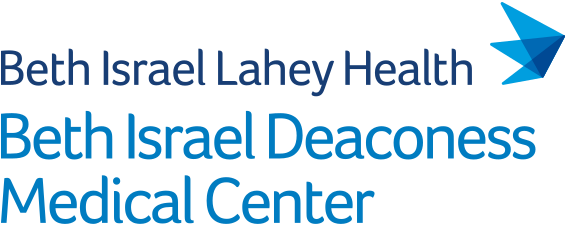Abstract
BACKGROUND: Racial differences in the use and outcomes of intravascular imaging (IVI) and invasive physiology (IP) during percutaneous coronary intervention (PCI) are underreported in the United States.
METHODS: Medicare Fee-For-Service claims data were used to examine the use and outcomes of IVI- and IP-guided PCI by Black versus White race (2016-2023). Multivariable logistic regression was used to assess the association between race and IVI/IP use. The primary outcome was major adverse cardiovascular events, which included myocardial infarction, repeat revascularization, and death. Outcomes were compared by race according to the device used (IVI versus none; IP versus none; and among all IVI/IP recipients). Cox regression was used to estimate the association between race and 2-year outcomes, adjusting for all baseline characteristics.
RESULTS: The study included 1 481 343 PCI patients (5.9% Black patients, 63.6% male, mean age 75.3±7.0 years). IVI was used in 17.6% of PCIs in White patients and 15.0% in Black patients; IP use was 7.1% and 5.7%, respectively. After adjustment, Black adults were less likely to receive IVI (odds ratio, 0.94 [95% CI, 0.93-0.96]) or IP (odds ratio, 0.83 [95% CI, 0.81-0.85]). IVI- and IP-guided PCI had lower major adverse cardiovascular event risk at 2-years in both racial groups compared with angiography alone: IVI (White patients: hazard ratio [HR], 0.93 [95% CI, 0.92-0.94]; Black patients: HR, 0.85 [95% CI, 0.84-0.87]) and IP (White patients: HR, 0.95 [95% CI, 0.92-0.98]); Black patients: HR, 0.87 [95% CI, 0.83-0.91]). However, despite global benefits with IVI/IP, Black adults had a higher adjusted risk of major adverse cardiovascular events compared with White adults (HR, 1.02 [95% CI, 1.01-1.03]).
CONCLUSIONS: IVI- and IP-guided PCI were associated with improved outcomes in both Black and White beneficiaries, yet these technologies were less frequently used in Black adults, and overall PCI outcomes remained worse for this group.

